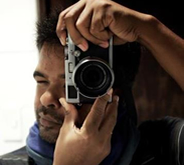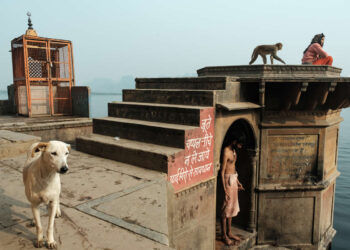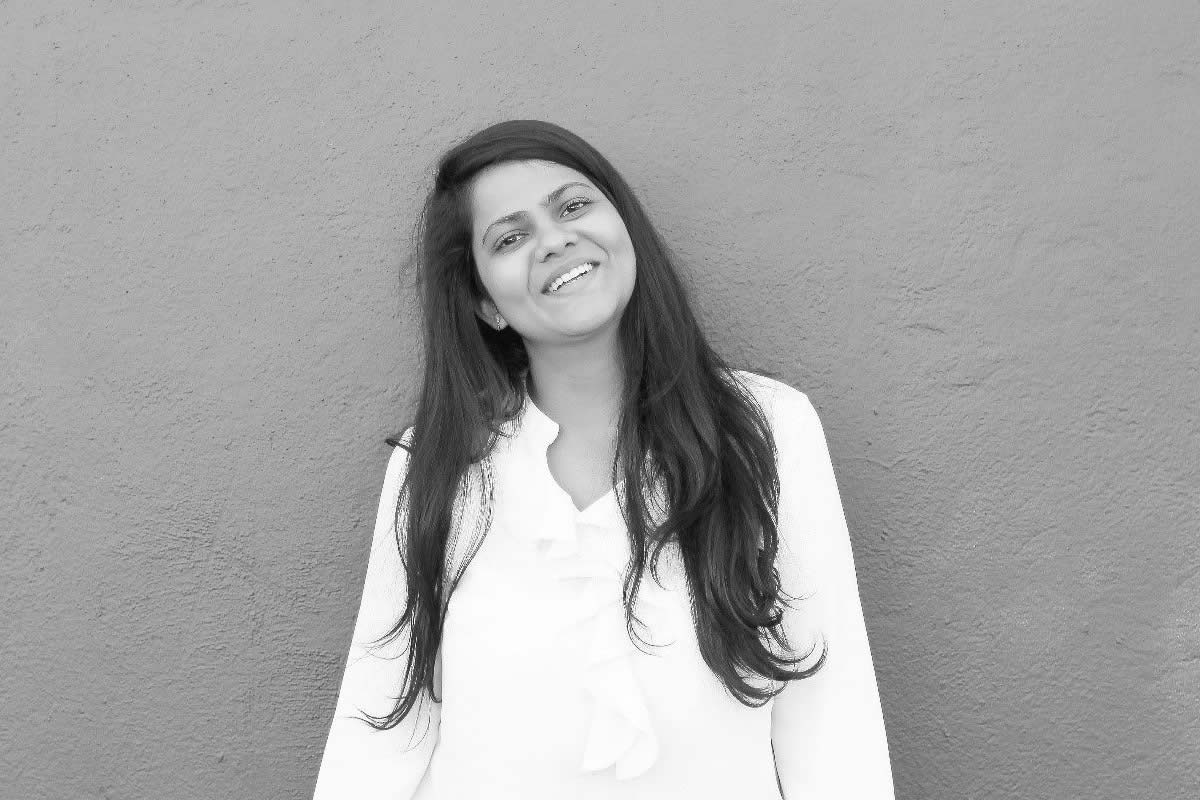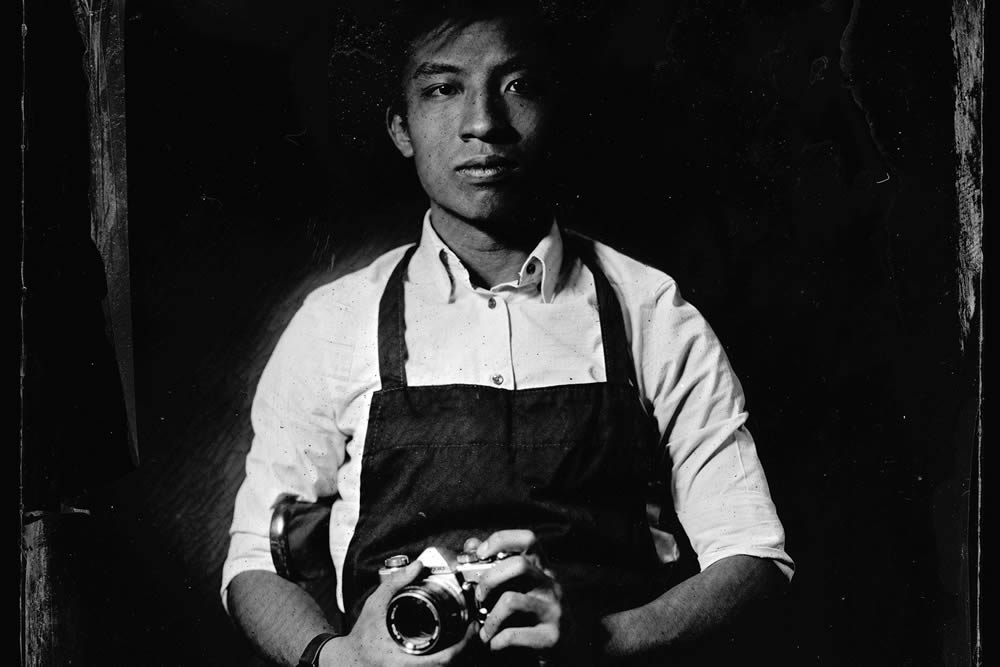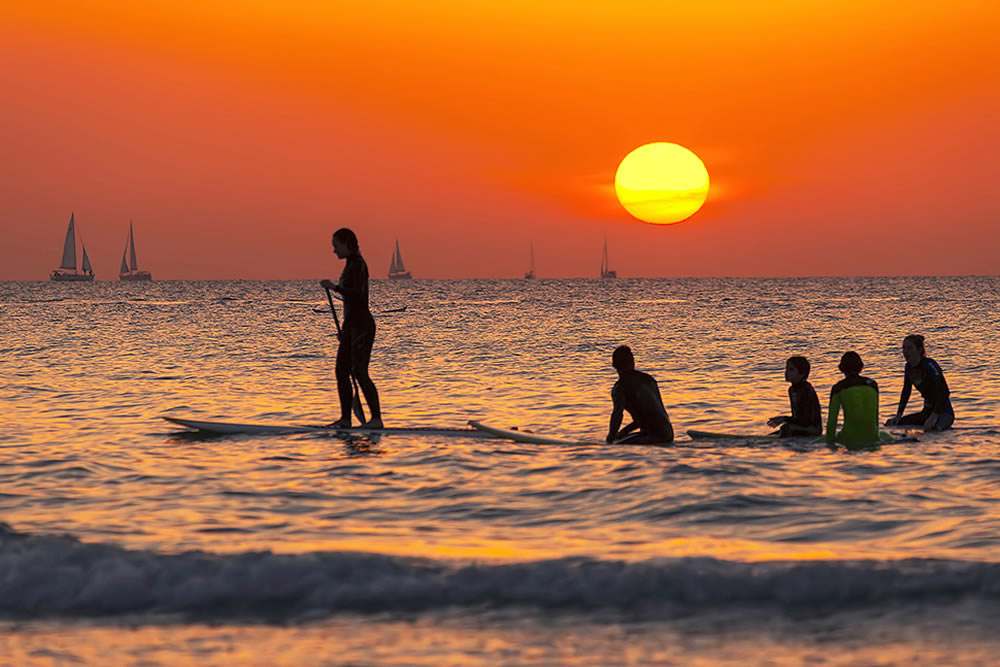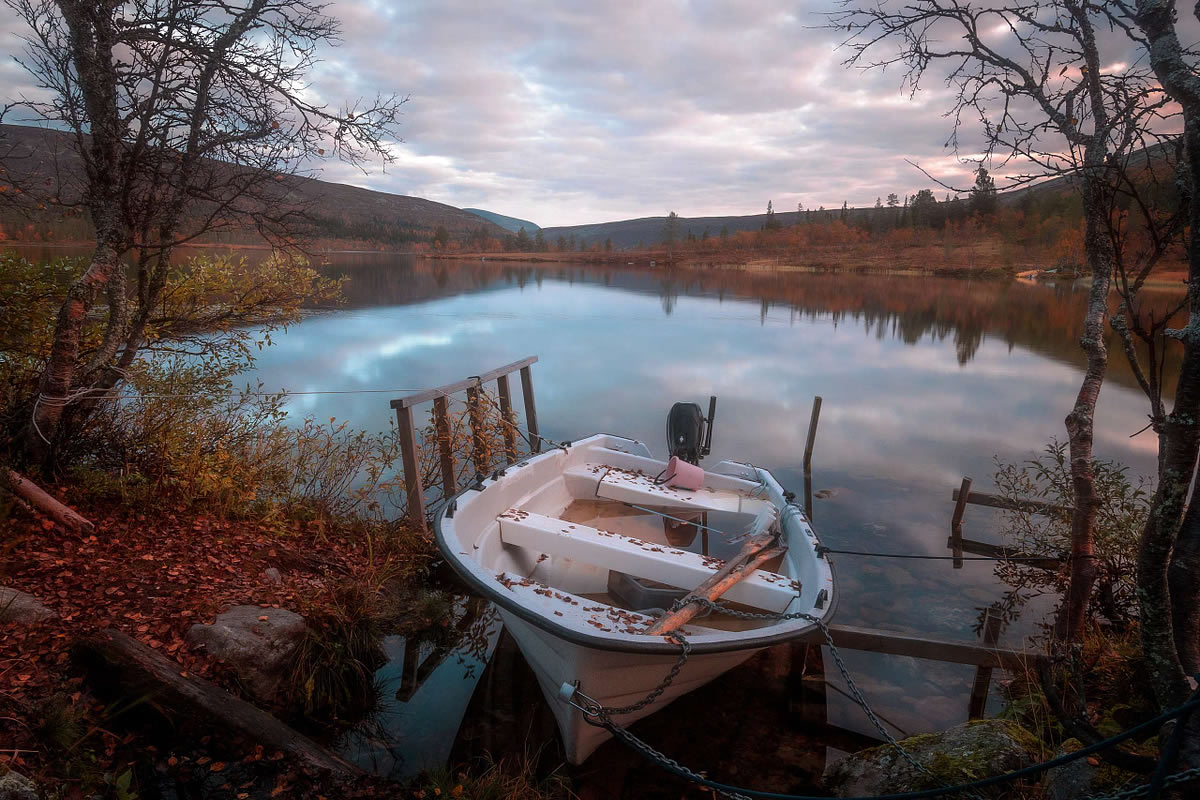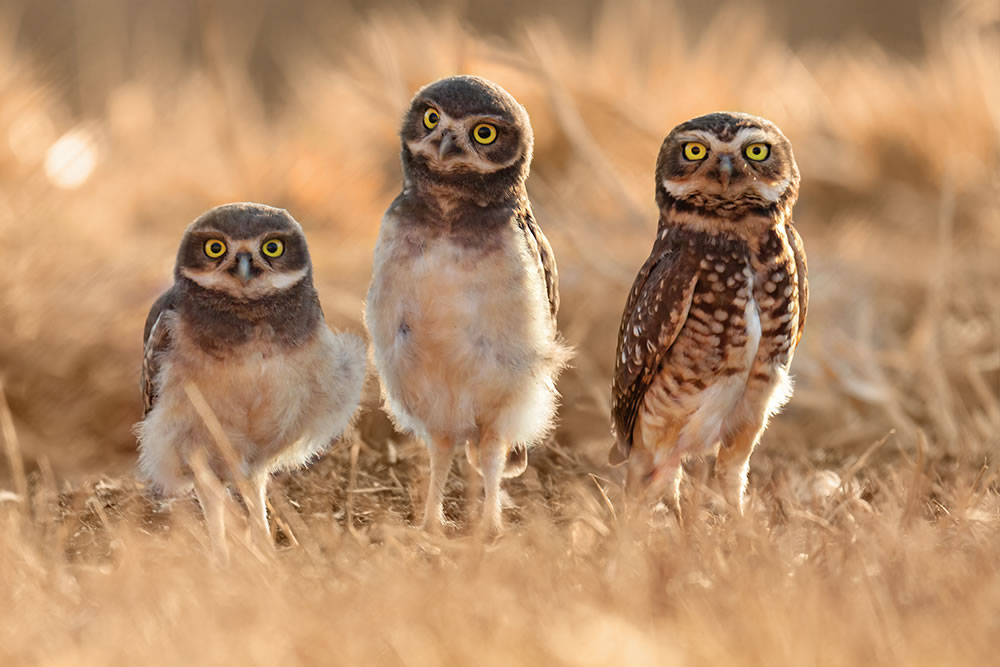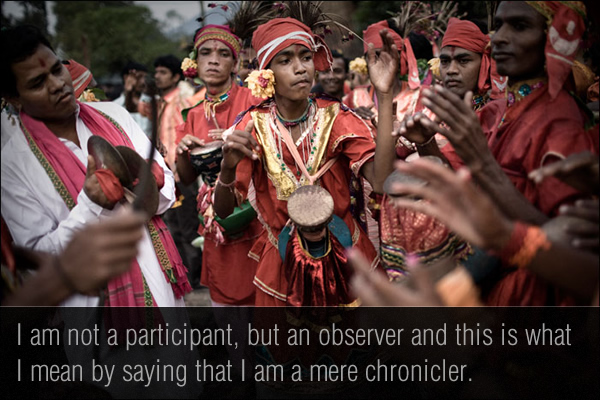
Hi Sanjit, can you please introduce yourself.
I am a self-taught Indian photographer living between two Asian cities – New Delhi and Kuala Lumpur and I mainly work on stories worldwide.
My keen interest in social issues is evident in my role as a chronicler, documenting India’s rapid transformation from rural economy to a global superpower. I find it extremely interesting how photography offers me to focus on the people who are living and dreaming through this rapid change.
I am represented by Panos Pictures Agency. In 2007, I was featured in a book showcasing contemporary Indian artists, ‘Made by Indians’ published by Gallerie Enrico Navarra.
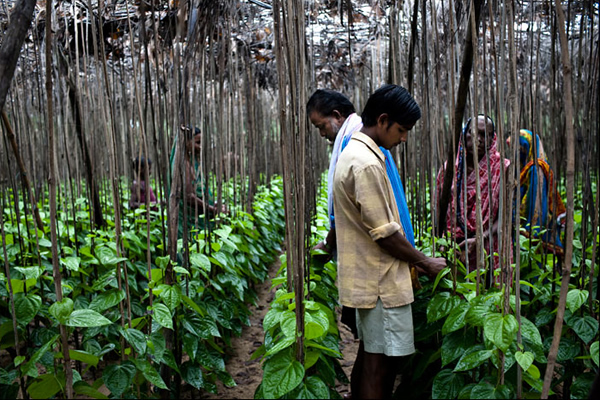
What does photography mean to you?
I think of myself as a chronicler of sorts, my role as a photographer is merely to share what I see, and bring it to a wider audience. I, by no way, wish to influence my audience with what I notice but I almost always want to tickle their imagination a bit. Using photography as a tool, I want to pose a question, wishing them to stop and think for a while and it all goes beyond thinking about what ‘we’ have and what ‘they’ don’t but look at a larger picture and the issues.
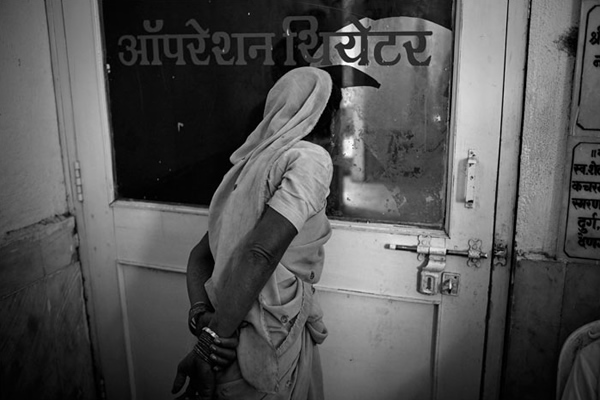
What inspired you to take up Documentary Photography?
I am not a single image-maker. Though single photos are powerful, most of the historic images are single images, but I was (and still am) always drawn to a narrative form of photography. I like spending time with my subjects; I really like to talk to them, share a chai (tea) or break bread with them and then eventually take their photographs. This long-form photography gives more confidence to the subjects that I am there to listen to what they have to say, do justice to the project that I am working on, and to communicate better. I am not a participant, but an observer and this is what I mean by saying that I am a mere chronicler.
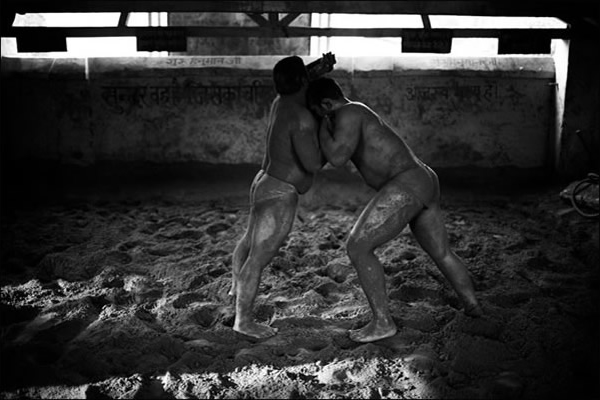
How would you define your style of photography?
All my personal projects fall into the category of long-form documentary photography. My editorial work is however, different, depending on what the clients expect me to do. All of it falls under the category of documentary styled photography.
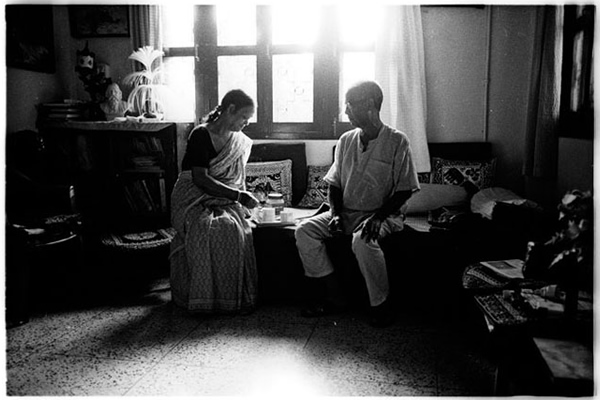
What is the hardest part of being a documentary photographer?
Back in the days, the news organizations would send photographers for long lengths of time and they could spend a lot more time working on a project but now with shrinking budgets, photographers get very little time to work on stories. Making a career out of photography is more difficult now. It should have been a lot easier with the evolution of digital technology and accessibility of traveling. There are a lot of photographers out there, some doing phenomenal work. Today, with all these photographers around and the photographer need to know how to narrate a story differently just like Susan Sontag once said, “…every story you ever want to do, is already done, you can only do it differently…”
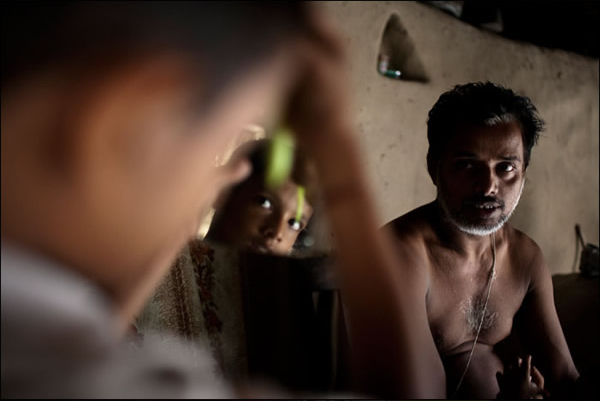
You are traveling and living between India and Malaysia. What is the most interesting place you have encountered for documentary photography?
There are stories everywhere. India is a mine full of stories; one just has to look for them. There are a few stories in Malaysia that I intend to work on as well but I need to spend more time in Malaysia for me to embark on one such story.
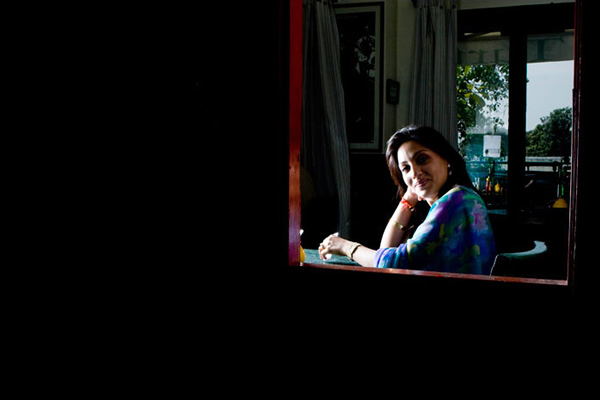
You captured portraits of famous people in India. Can you please share some interesting story when you capture them?
I once had an assignment to photograph Ratan Tata in his hotel in New Delhi. I had set up the lights etc an hour before the appointment. When he arrived, I greeted him and told him I needed to spend some time to take some portraits of him. Before the shoot, he tells me that he had had an eye operation and didn’t want the lights to face him directly, and also told me I had only 3 minutes to photograph him. I rearranged the lights quickly, shot a few frames and then suddenly, he quite politely, walked off. Fortunately, I had my money shot!
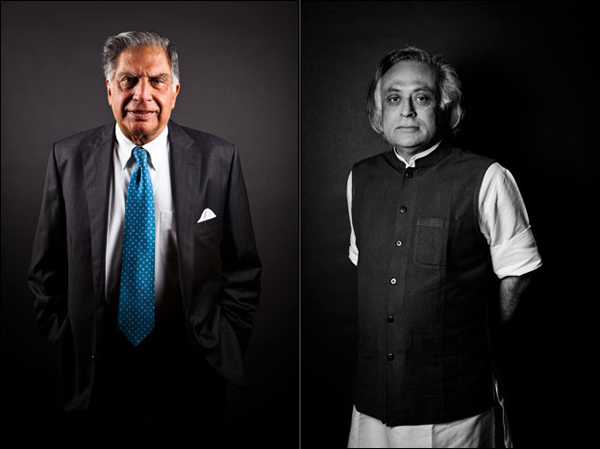
Can you please share some tips towards documentary photography for our users?
It’s extremely important for a photographer to be committed to what one wants to shoot. It’s however more important to respect the surroundings/culture where one is shooting. Patience is a virtue, and is an asset to have as a documentary photographer.

Looking back at your work, which story makes the strongest impression on you?
I have spent a considerable amount of time working on the land rights issue in India. Both the industry and the farmers are at loggerheads with each over land, but the issue of land rights and its connection to industries (and development) is badly represented in India. Farmers distrust the government and feel they are being asked to sacrifice far more than the compensation and re-settlements are able to provide. I feel my work is an important means to carry the message of their social and emotional association with land and the courage, determination and their right to dignity.

What is your most memorable moment in photography?
I am yet to arrive to that moment, still waiting.
What do you do when you’re not busy with photography?
I spend time with my family. I rest. I read. I brew my own coffee.
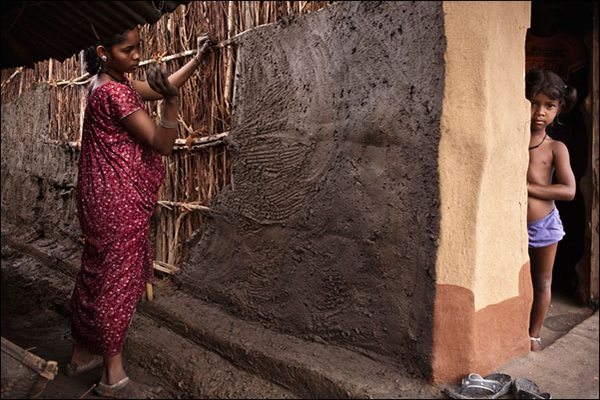
Which photographers have inspired you?
There are many photographers who do, but amongst the contemporary it will be:
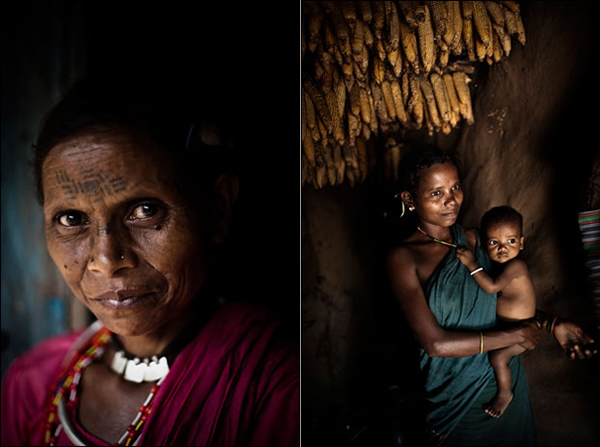
Thanks again for providing 121 Clicks with this opportunity to interview you. Any final thoughts for our readers?
Don’t shoot quantity… shoot quality.
You will be known for the kind of work you do and hence its important for you to be sure of what you’re doing.
One important advice if I may, spend time with family, and give them the attention they deserve.
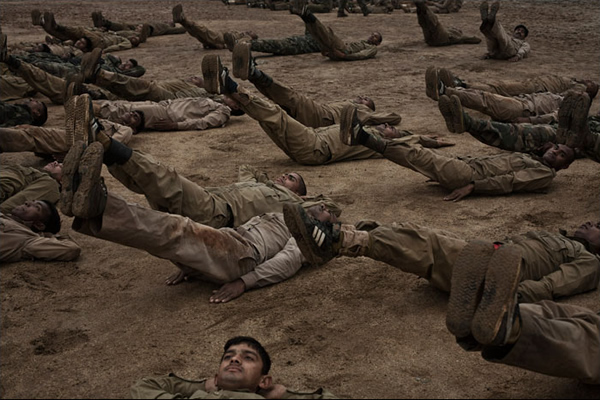
You can find Sanjit on the Web:
Copyrights:
All the pictures in this post are copyrighted to Sanjit Das. Their reproduction, even in part, is forbidden without the explicit approval of the rightful owners.

